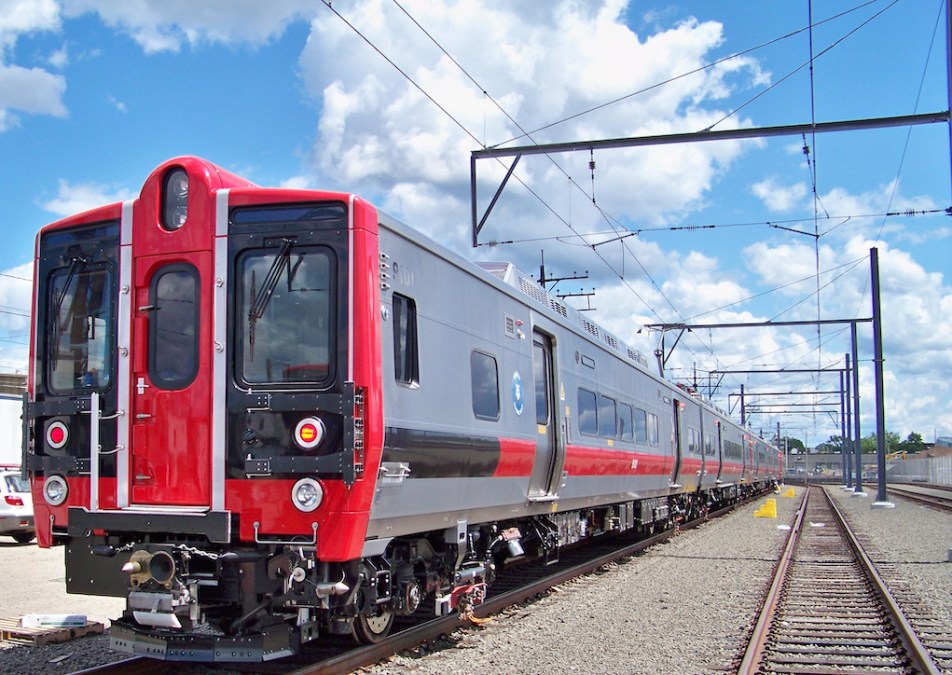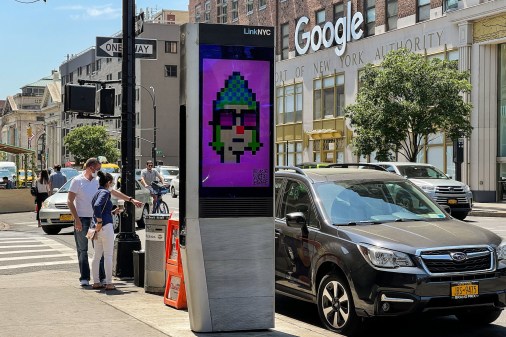Connecticut plans 5G connections on commuter line to NYC

Connecticut Gov. Ned Lamont announced Wednesday plans to replace the state’s New York City-bound commuter trains with rail cars sporting rooftop antennas that amplify wireless phone signals so passengers can enjoy better internet connections during their commutes.
Lamont, appearing alongside executives from AT&T, Verizon and T-Mobile, said the 132 new cars the state plans to buy for the New Haven Line will be capable of boosting 4G — and eventually 5G — signals so train riders can stay connected. The New Haven Line, which often ranks as the nation’s busiest commuter train, is part of the Metro-North network that serves the New York metropolitan area.
But despite carrying more than 125,000 riders every weekday, the New Haven Line — like other Metro-North trains — does not feature on-board Wi-Fi.
“Here in Connecticut, we are thinking about infrastructure differently than other states, and that includes access to high-speed — and eventually ultra-speed — internet networks,” Lamont said in a press release. “These kinds of investments will boost productivity and significantly contribute to Connecticut’s already high quality of life, all while making the state more attractive to future employers.”
The governor also said the phone companies plan to install more equipment along the Metro-North tracks to fill in gaps in their coverage areas. He did not give a timeline for when the new rail cars would hit the tracks.
Lamont signed legislation last summer establishing guidelines for the installation of 5G-capable antennas on state-owned property. The new wireless standard has been heralded as featuring speeds 100 times faster than existing 4G networks, though 5G networks are still limited to a handful of major cities and few devices capable of supporting the more powerful signals are available to consumers.
The new rail cars are part of Lamont’s “CT2030” initiative, a $21 billion program aimed at overhauling the state’s transportation systems, including highway tolling, airport expansions and heavy investments in rail travel over the next decade.





